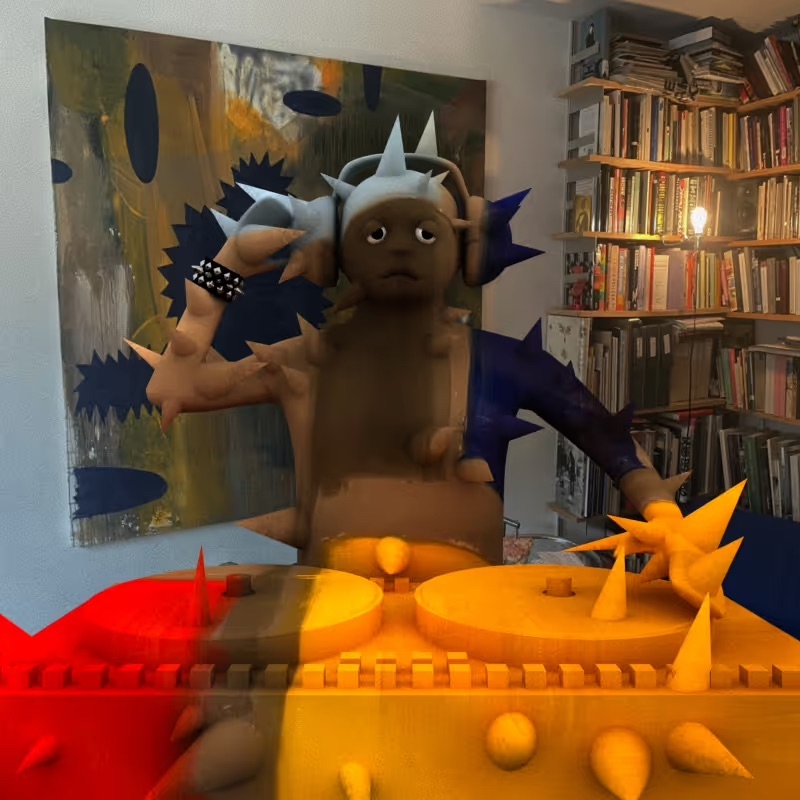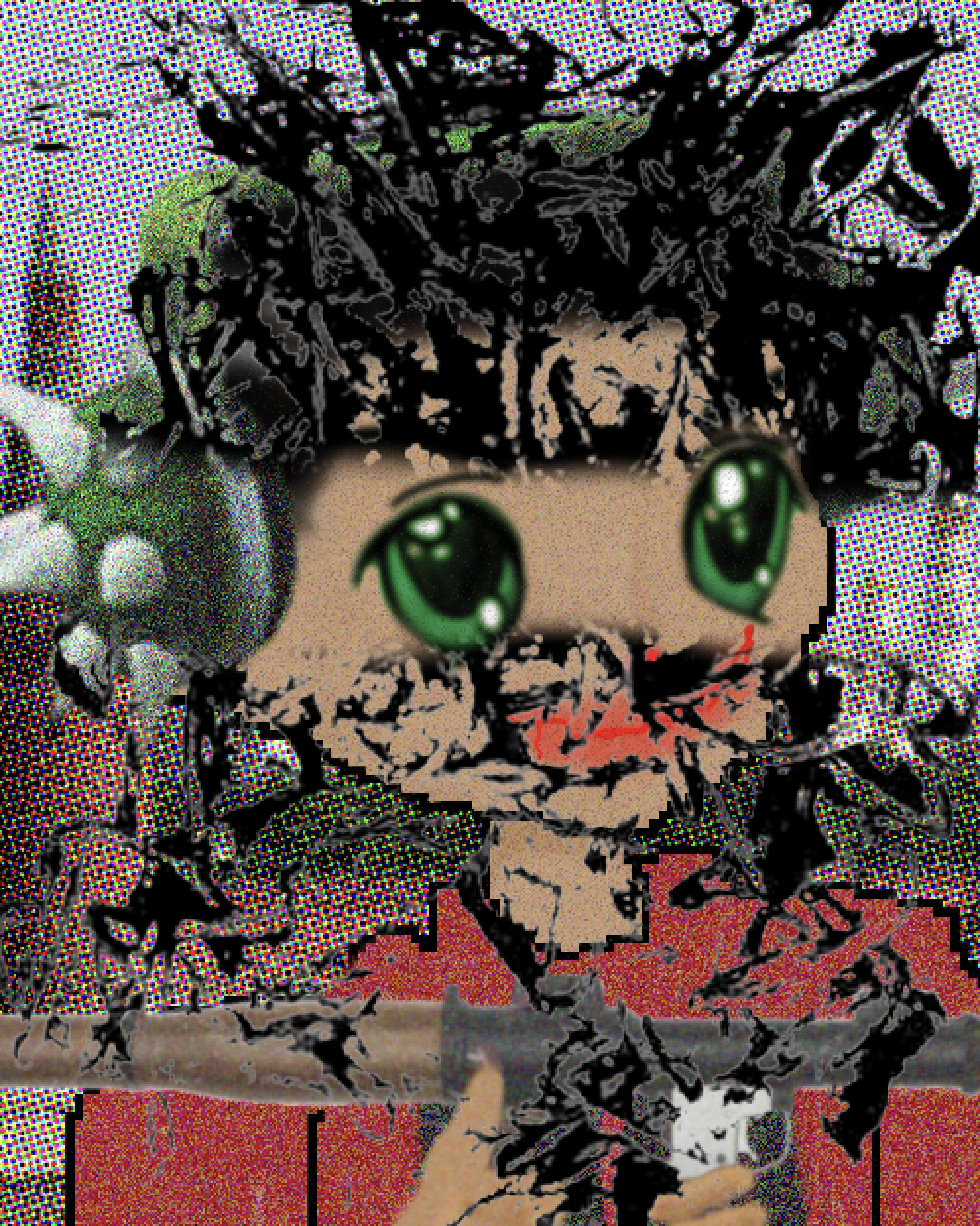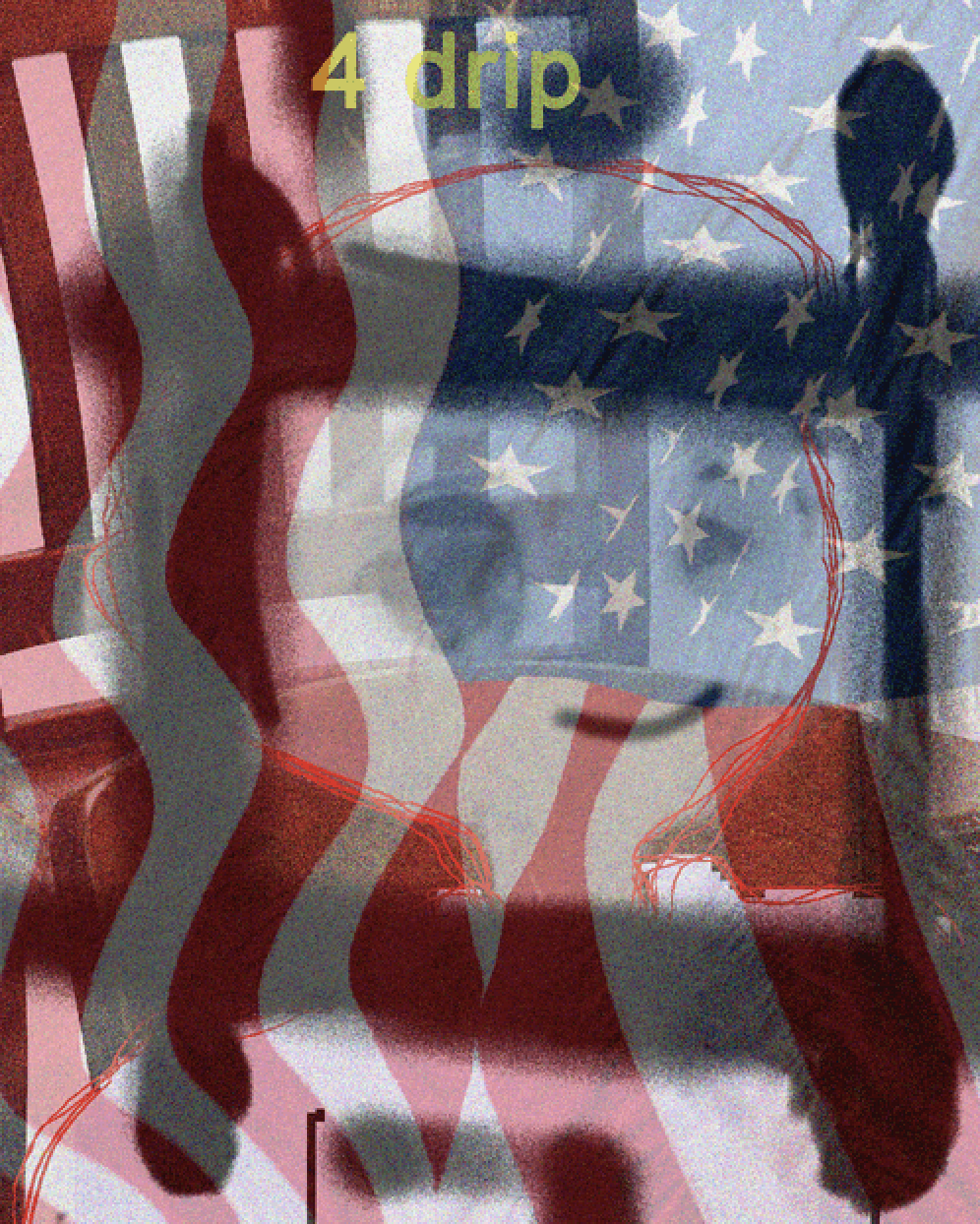
To know this world is to live on the timeline, to be in more Twitter group chats than you care to, and to understand the history and personal conflicts that make this scene as much of a pro wrestling-style soap opera as it is a new branch of contemporary art.

Avant NFT culture is artist-focused and more concerned with creative output and dialogue than in generating a return on investment. This is best exemplified in the long-standing tag line of Spiky DJ of “never minting out.” What might be viewed as failure in other NFT communities is worn as a badge of honor.


Through the artwork of Henry Sprite and the performative character of its leader, Charlotte Fang, Remilia was able to take a PFP collection, build an ideology around it, and develop a cult-like community following.

Mifella is a project about Milady, but whereas Remilia is primarily a social performance, Mifella is an exercise in experimental aesthetics.

Mifella projects exemplify the chaos of Avant NFT collections. Layered, maximal collages combine originally rendered assets with appropriated images referencing art history, video games, fashion, memes, and historical NFT collections within the Avant lore.

Like many Avant NFT artists, Bosch uses a combination of AI and custom editing to push the PFP format beyond the characteristic family of avatars.

One consequence of these alternative revenue streams as well as a lack of collector attention is that minting costs for Avant NFTs have, until recently, been inexpensive.

Avant projects that might have taken months to mint out are now selling out instantly. There is more speculation, and the secondary markets are gaining greater attention. The result is that it’s no longer like trading zines at a basement punk show or buying bootleg Grateful Dead shirts in a parking lot.
With thanks to Giannis Sourdis.
GardenParty85 has spent more than 20 years working professionally in contemporary art, focusing on administrative and production support for artists, galleries, and museums. Active in the Web3 space since 2021, GP has acted as a creative director for NFT projects and collected artworks on Ethereum, Tezos, and Solana.

